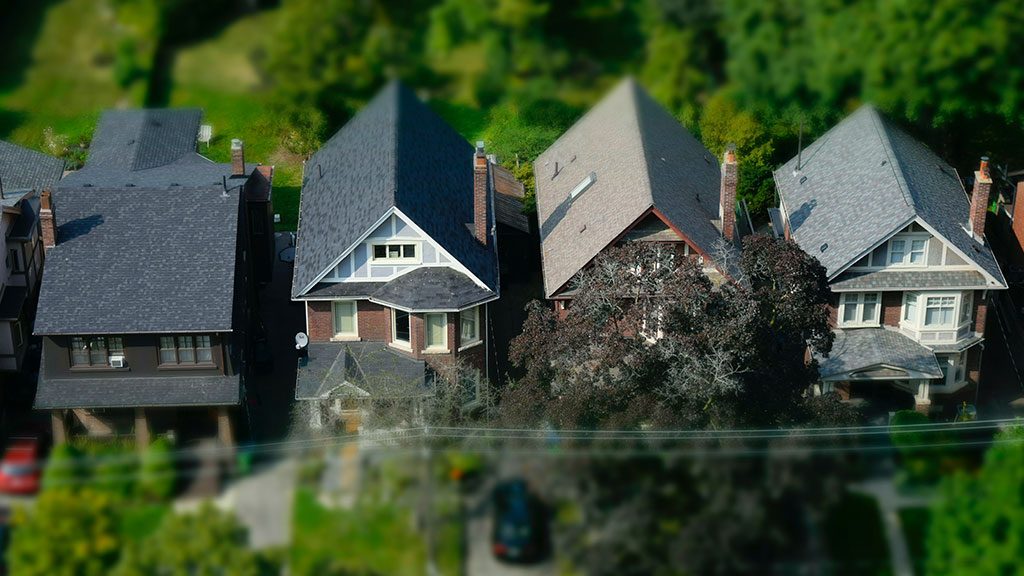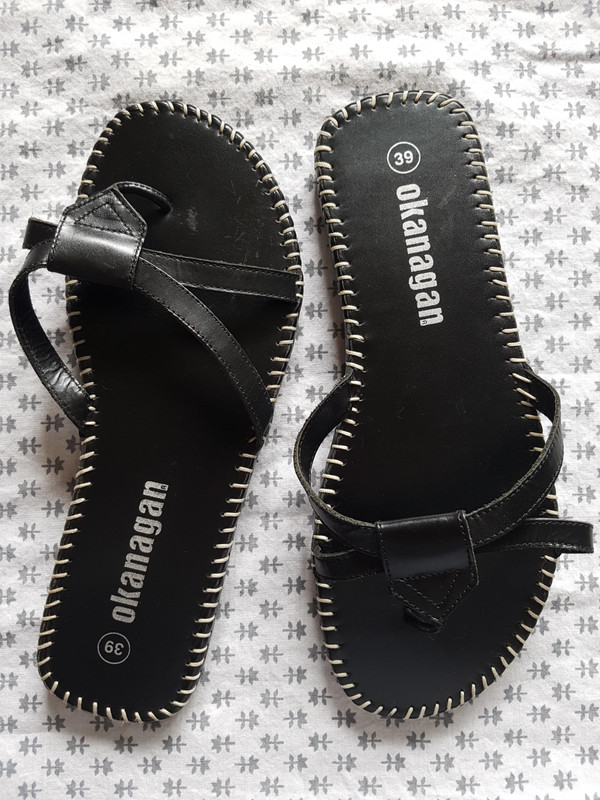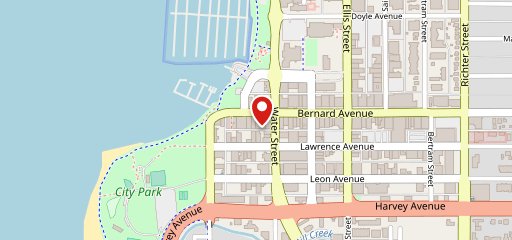
Bai Tong in kelowna best Thai food ever. This is their spicy duck and stuffed squid! - Picture of Bai Tong Thai Food Restaurant, Kelowna - Tripadvisor

BAI TONG THAI FOOD RESTAURANT, Kelowna - Central City - Updated 2023 Restaurant Reviews, Photos & Phone Number - Tripadvisor

BAI TONG THAI FOOD RESTAURANT - 51 Photos & 65 Reviews - 275 Bernard Avenue, Kelowna, British Columbia - Thai - Restaurant Reviews - Phone Number - Yelp

BAI TONG THAI FOOD RESTAURANT, Kelowna - Central City - Updated 2023 Restaurant Reviews, Photos & Phone Number - Tripadvisor

Naramata Magic: A Guide to This Okanagan Valley Town and Wine Region, Plus Recipes - Everything Zoomer

BAI TONG THAI FOOD RESTAURANT, Kelowna - Central City - Updated 2023 Restaurant Reviews, Photos & Phone Number - Tripadvisor


















